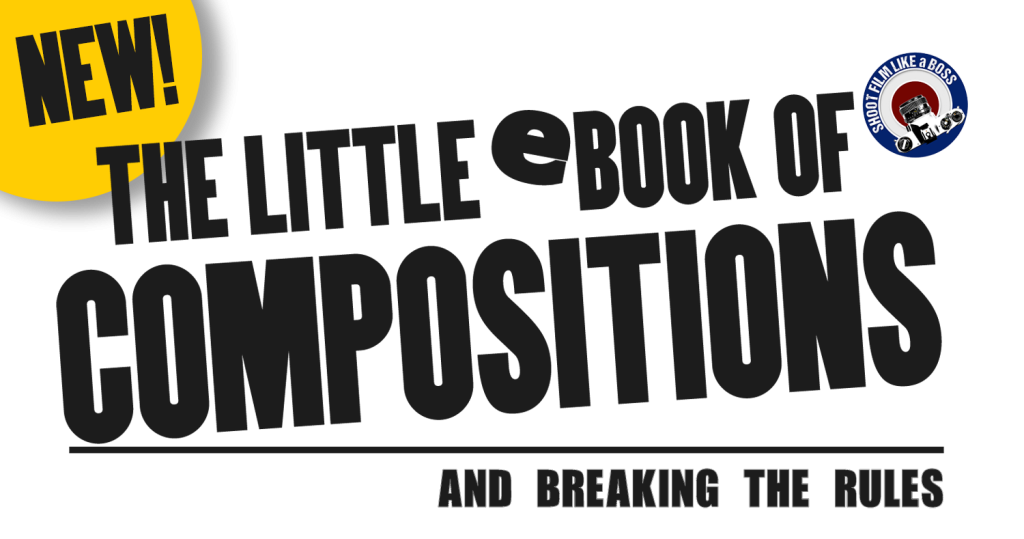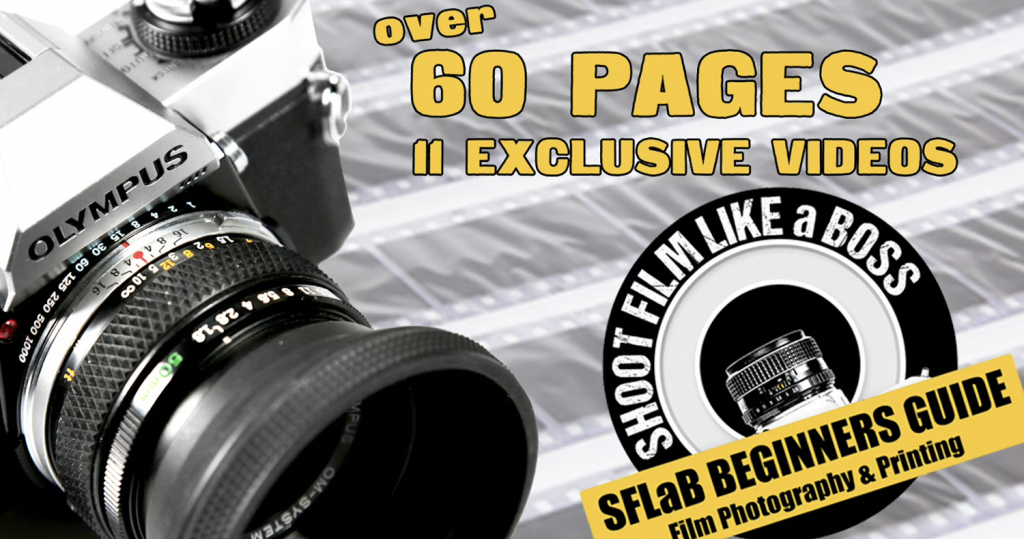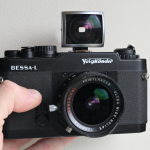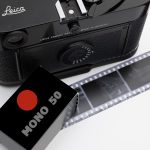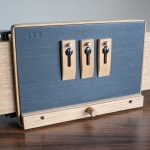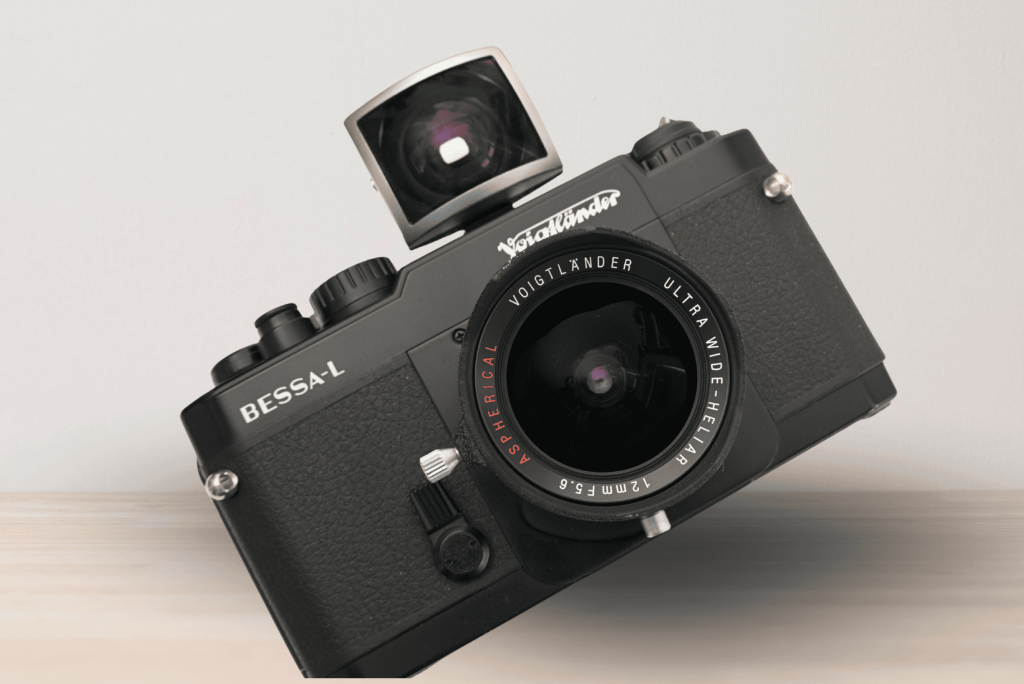
A new camera to my collection of 35mm film cameras, the Voigtlander Bessa L featuring the Ultra Wide Heliar 12mm f5.6 sLens. This has certainly put a cat amongst the pigeons with my compositions!
What is this camera?
The Voigtlander Bessa L isn’t a camera for everyone, and that’s precisely what makes it so special. At first glance, this 35mm film camera might seem a bit basic, which it is! A camera with no built-in viewfinder and no rangefinder. But this minimalist design is not a flaw. It’s a deliberate and brilliant choice by the manufacturer, Cosina, to create a versatile and remarkably lightweight body ideal for street, urban and event photography. And it’s hardly in your face!
The Bessa L was first introduced in 1999 and was produced until 2003. It was the camera that kicked off the entire modern Voigtlander Bessa line, proving there was a market for high quality, affordable 35mm rangefinder cameras and lenses.
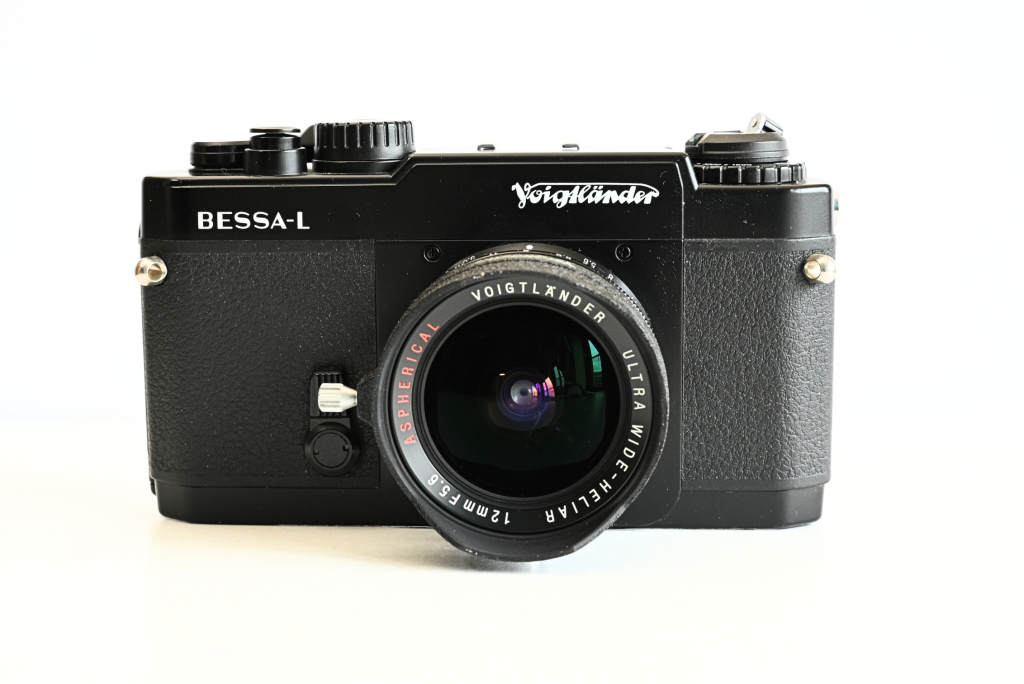
Despite its minimalist appearance and lack of a built-in viewfinder, the Bessa L is far from a simple light-tight box. It boasts several features that make it a highly functional and modern tool for film photography. The camera is fully mechanical and includes a bright and clear through-the-lens (TTL) light meter with a simple three-LED readout. Two LR44 batteries are required to power the meter but being fully mechanical it needs no batteries to shoot at all speeds.
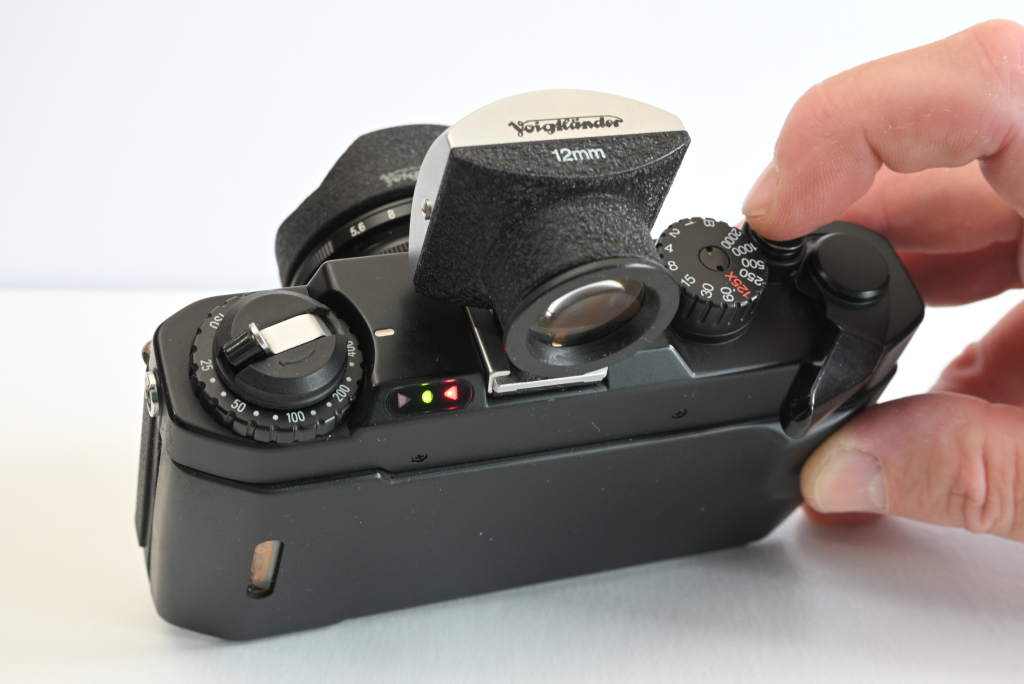
Additionally, the camera is built around a sturdy metal die-cast chassis, giving it a solid, durable feel. The top plate, bottom plate and back door is plastic helping to keep its overall weight to a minimum. The above photo with the 12mm lens and viewfinder weigh just over 500g. It also features a reliable mechanical focal-plane shutter with speeds from 1 Second up to 1/2000th of a second as well as a Bulb mode for long exposure work and meters film speeds from 25-1600 ISO. The Bessa L uses a Leica Thread Mount (LTM M39) screw thread mount.
So the with the Bessa L having no rangefinder you’re into zone focusing and using the lens distance scale which is in Feet and Meters for this 12mm lens shown.
It also has a self timer, useful for those slower tripod moments where you don’t have a cable release.
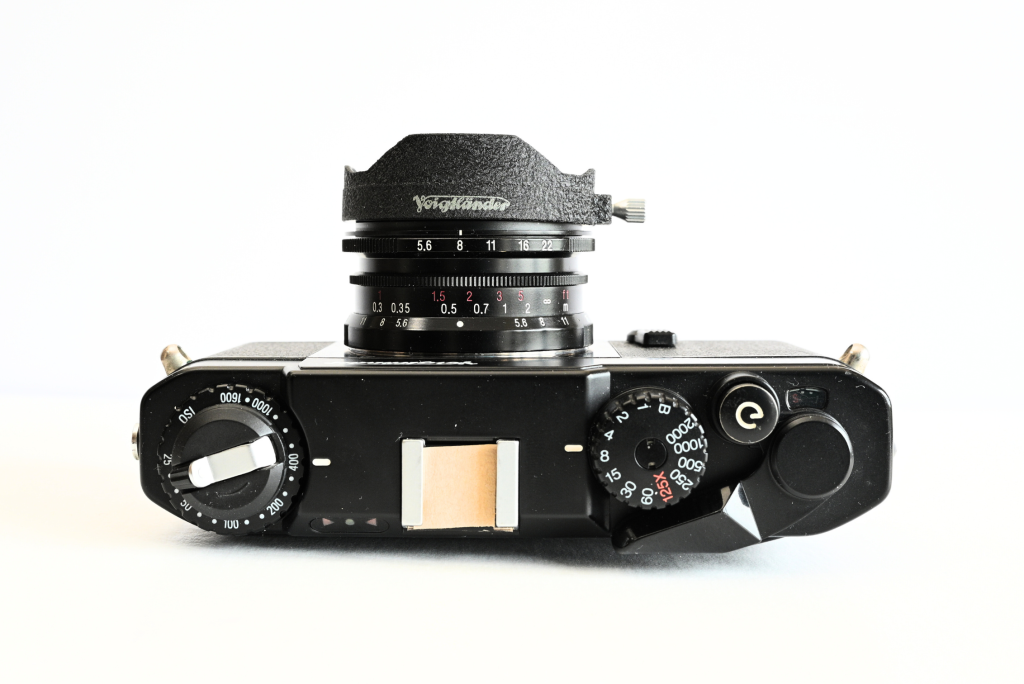
You can purchase the specific viewfinder for whichever focal length lens you are using. In my case I have a 12mm viewfinder for a 12mm lens. I don’t need the viewfinder, however, it helps… a lot! And there is no hot shoe! You can see mine is taped over. That is for an extra snug fit for the viewfinder, however, there is a flash sync port on the side of the camera, which as you can see syncs at 1/125th.
Here are some of the other notable cameras in the Bessa range:
Voigtlander Bessa R (2000-2004): This was the Bessa L‘s popular sibling. It was a proper rangefinder camera with a built-in viewfinder and a coupled rangefinder for accurate focusing. It still used the Leica M39 Thread Mount (LTM), and was excellent value for photographers who wanted a full-featured rangefinder without the Leica price tag.
Voigtlander Bessa T (2001-2005): The Bessa T featured a rangefinder for focusing but no built-in viewfinder for composition. Instead, it had a high-magnification rangefinder for extremely accurate focusing. It also was the first Bessa to feature the Leica M-mount.
Voigtlander Bessa R2 (2002-2004): The Bessa R, and R2 featured a more robust metal body and, the Leica M-mount.
Voigtlander Bessa R2A / R3A / R4A (2004-2013): This generation introduced automatic exposure (Aperture-Priority) to the Bessa lineup and a viewfinder and they all had a different viewfinder magnifications tailored for various lens types.
My experience so far
Since I have been using this camera I must say it has been a joy to use. Nice and light for walking around the streets with and the metering system is accurate and easy to read. And it doesn’t look intimidating, in fact, I have had a few curious looks because of the viewfinder on top!
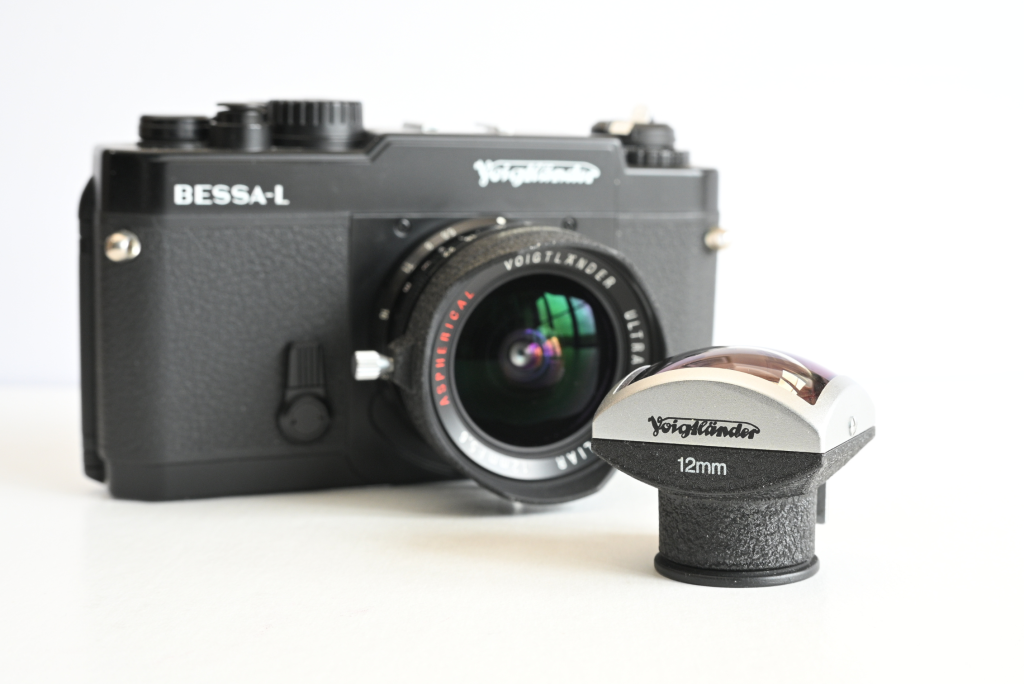
12mm Lens
I have two lenses for this camera. 12mm and 25mm. With viewfinders to match, however, I have yet to try the 25mm lens. I am more intrigued in the 12mm lens and seeing where it can fit with my photography! And I can tell you now. It’s not easy!
The 12mm viewfinder is incredibly accurate for composing which makes it much easier to compose than say shooting pinhole.
Walking around with this ultra wide mindset looking for objects and scenes to work a composition with. And I have found it a struggle, however, just remember. Shoot the shit out of it and enjoy! That way I may stumble upon a negative and think… eureka! I’ve found a sweet spot for a series.
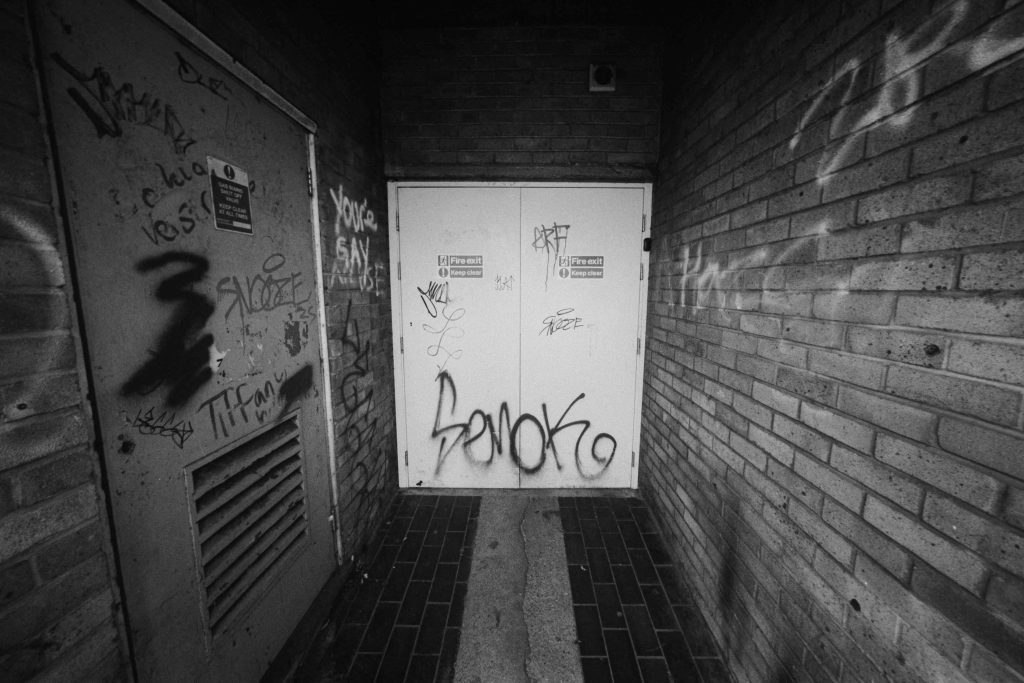
Such as this small shop emergency exit. It would be pretty cool with a person sitting down at the back doing something. Or maybe a person adding to the wonderful wall art! This area is only about 2 meters wide by about 3 meters deep.
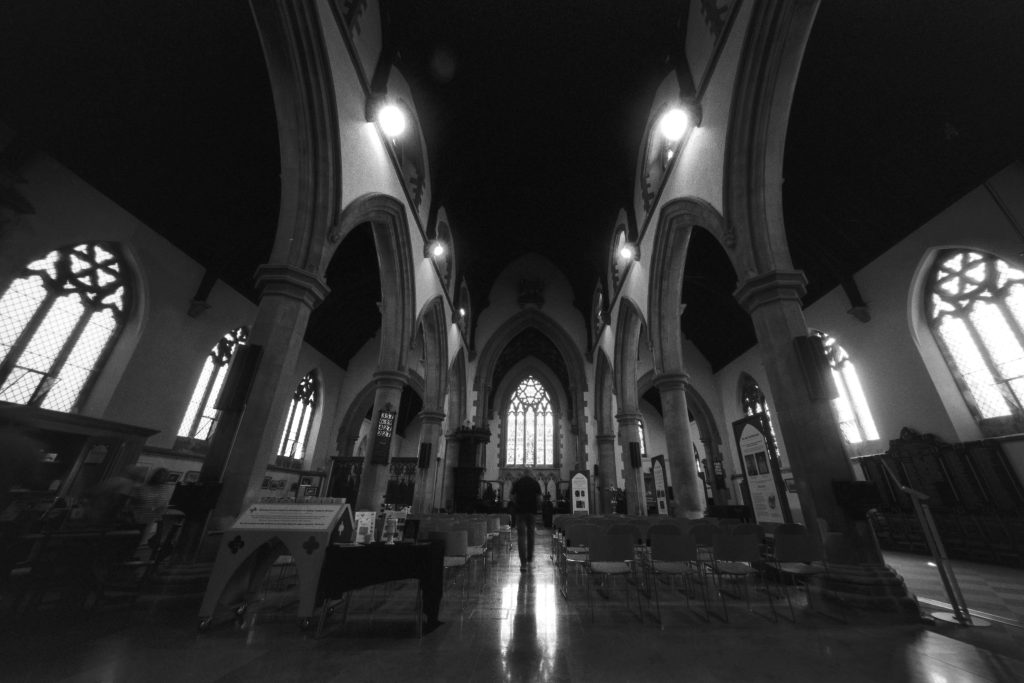
Tmax 100 push to 400
And if you have an ultra wide lens you just have to go into the church! Using a timer and a 1/4th exposure you can see me walking off in the background. I was amazed at how much detail I got in the shot, however, the viewfinder gives me pretty much an accurate composition idea. You just have to be conscious of your distorted edges.
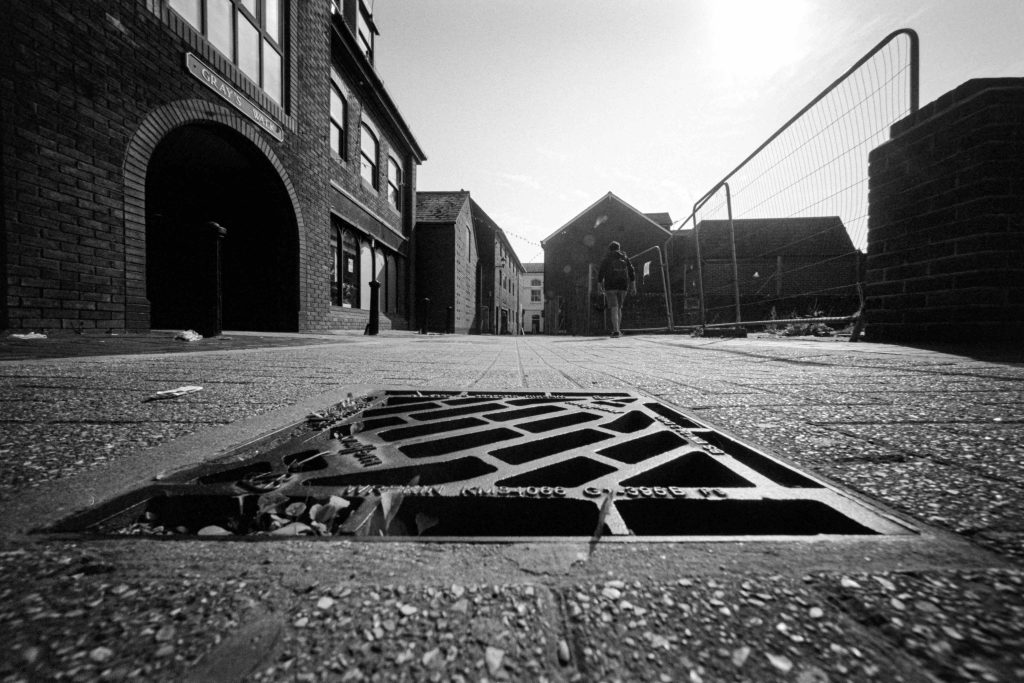
Another here where I placed the camera on the ground. The closest distance is 1 ft. And here I am about 1ft away from the grate. You can see how accurate the viewfinder is.
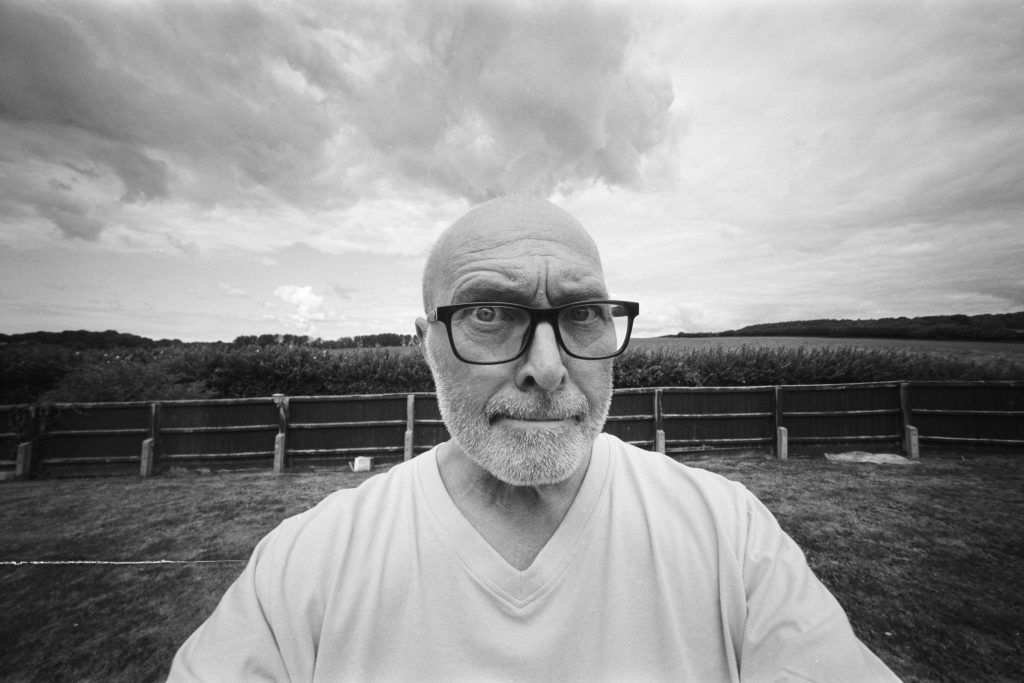
It would be rude not to try a selfie! I couldn’t believe how wide this shot was. But notice one thing. There is hardly any distortion, centre and especially on the horizon!
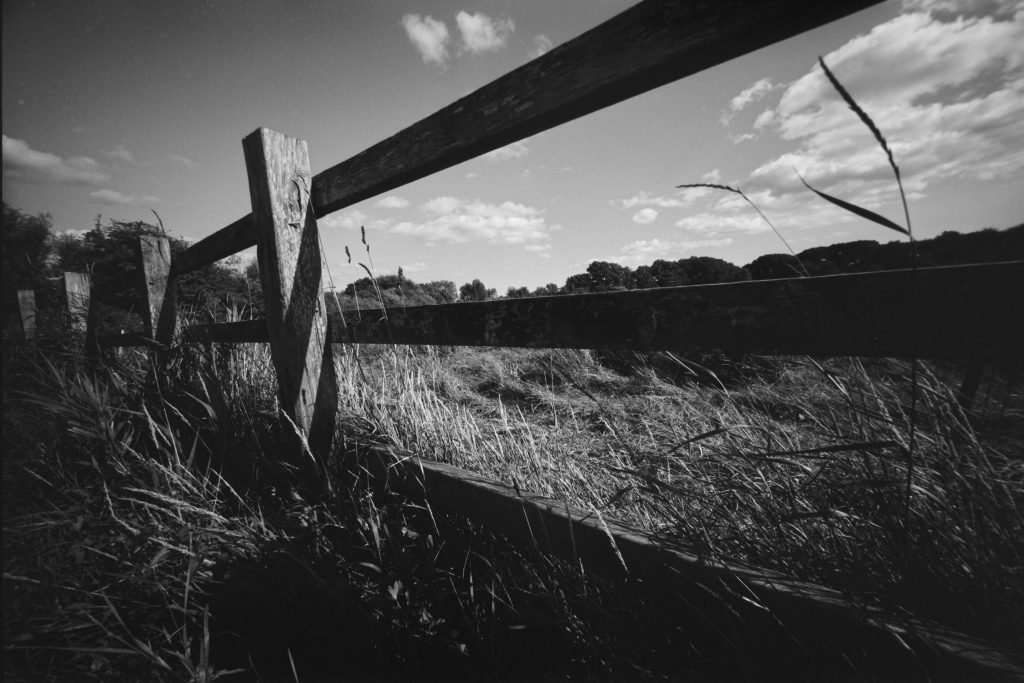
Another photograph getting close to a fence. I purposely framed the near post out of the frame as that was bending through the viewfinder. It was the right decision.
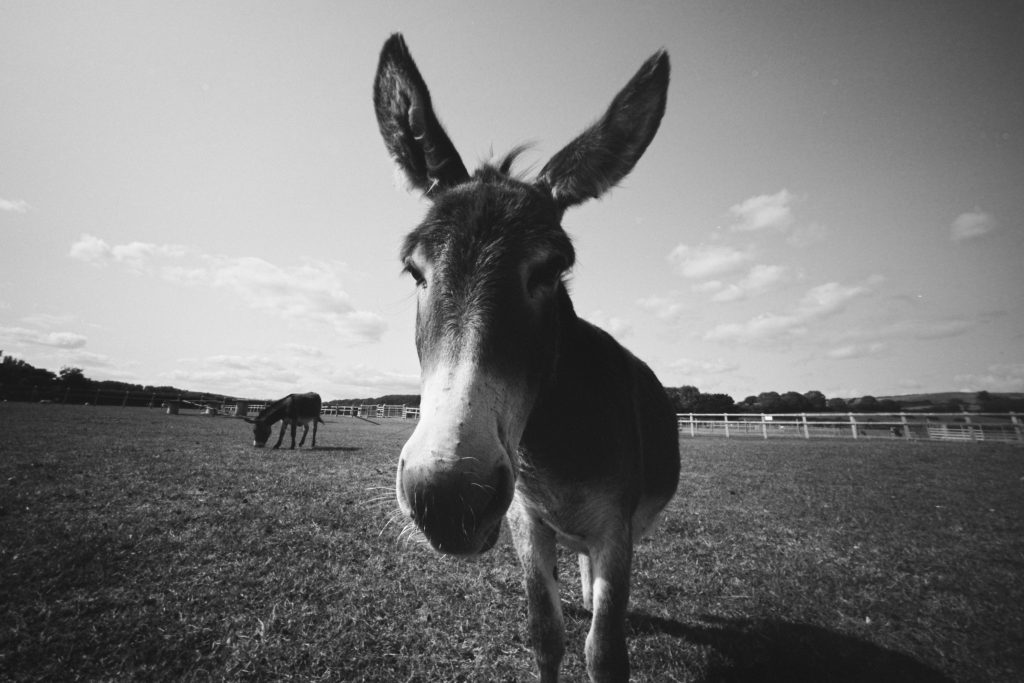
And here I just had to visit the Donkeys! I was focused around 3 feet away. It wasn’t easy as the Donkey kept moving toward me and I was shooting from the hip. It was the best of a bad bunch!
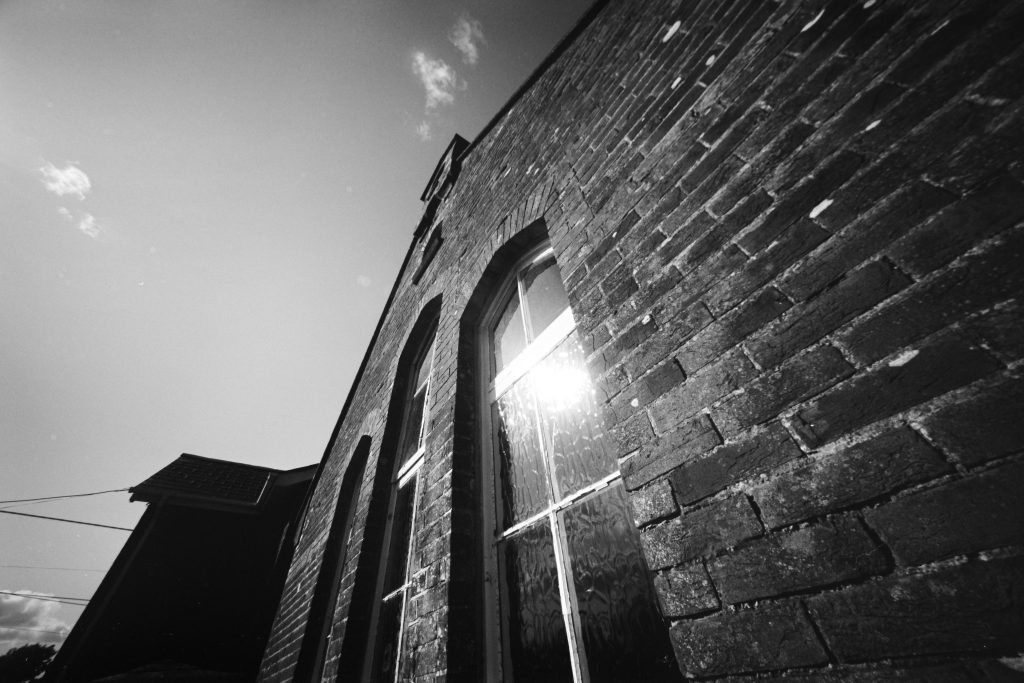
This is where you can see the distortion as we creep up from the wall in the bottom right of the frame.
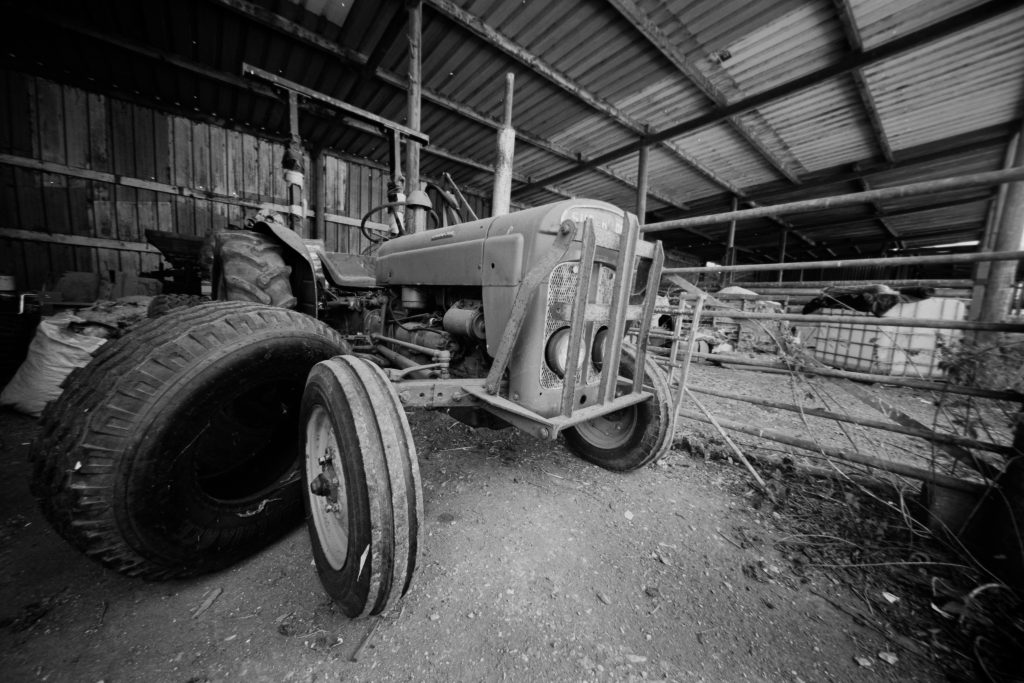
And again here. Notice the big tyre and how deformed it looks being over to the left of the frame.
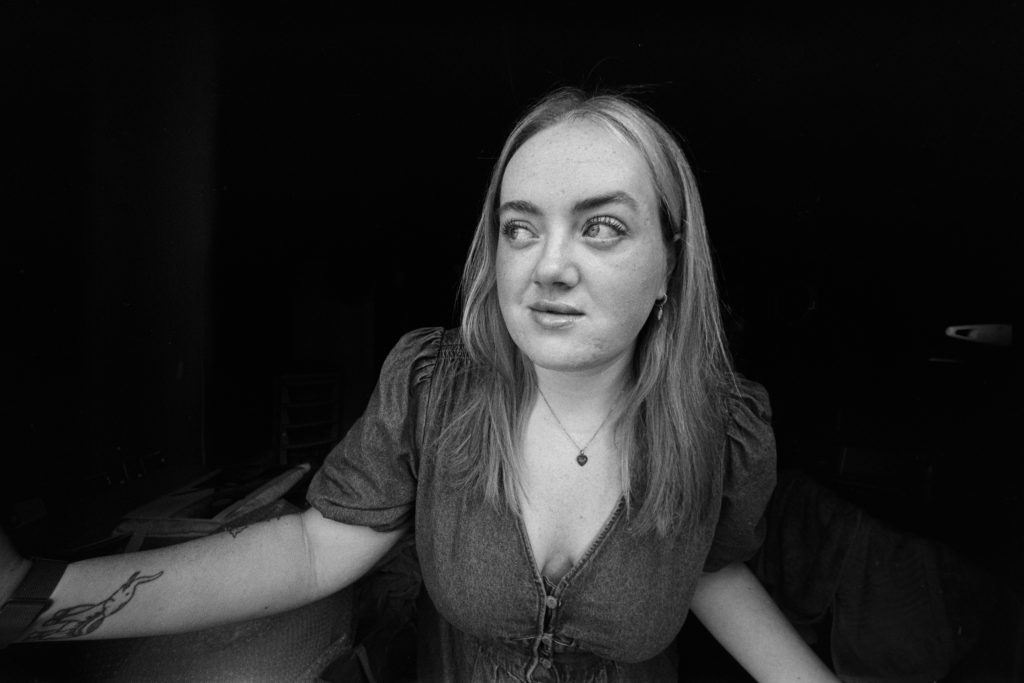
What about people? Here is my Daughter, Jess, leaning out of my darkroom. I placed her here so I could close the aperture and make the background dark. Her arm sort of extends off out of the frame over on the left. And it does distort even though I was only a few feet away, however, it certainly has it’s uses in portrait photography for a certain, let’s say, interesting look!
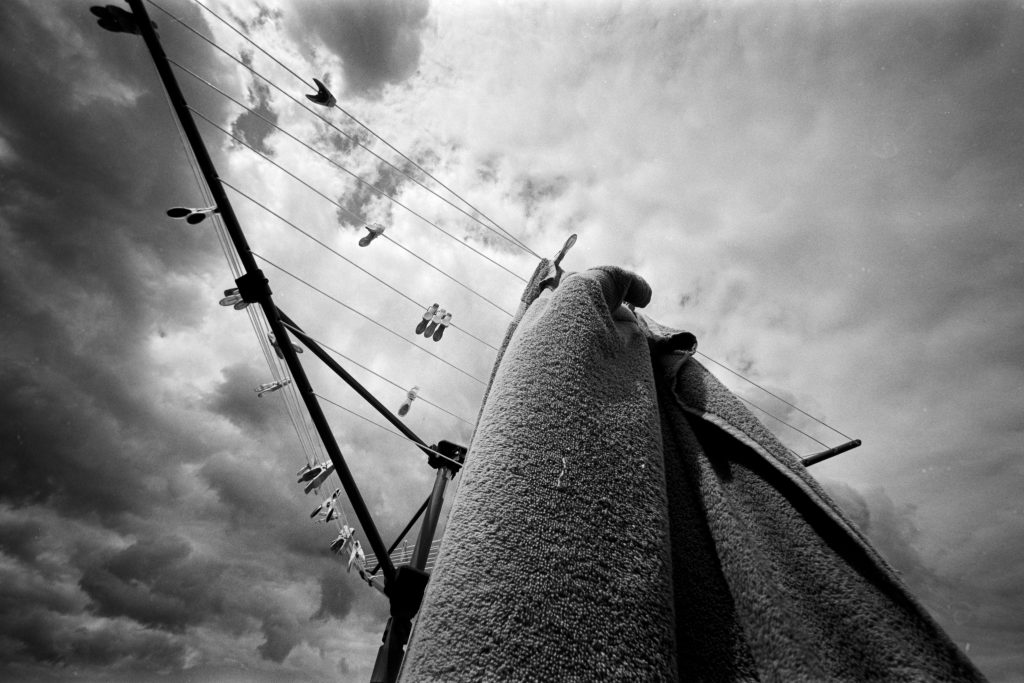
But I think this is where this lens excels, or at least for me. Massive impact in the background and something dominating the foreground. This means for landscapes I need to do the same. I don’t think just a cornfield will look that interesting unless there is an object big and bold in the foreground. That could even be the corn itself.
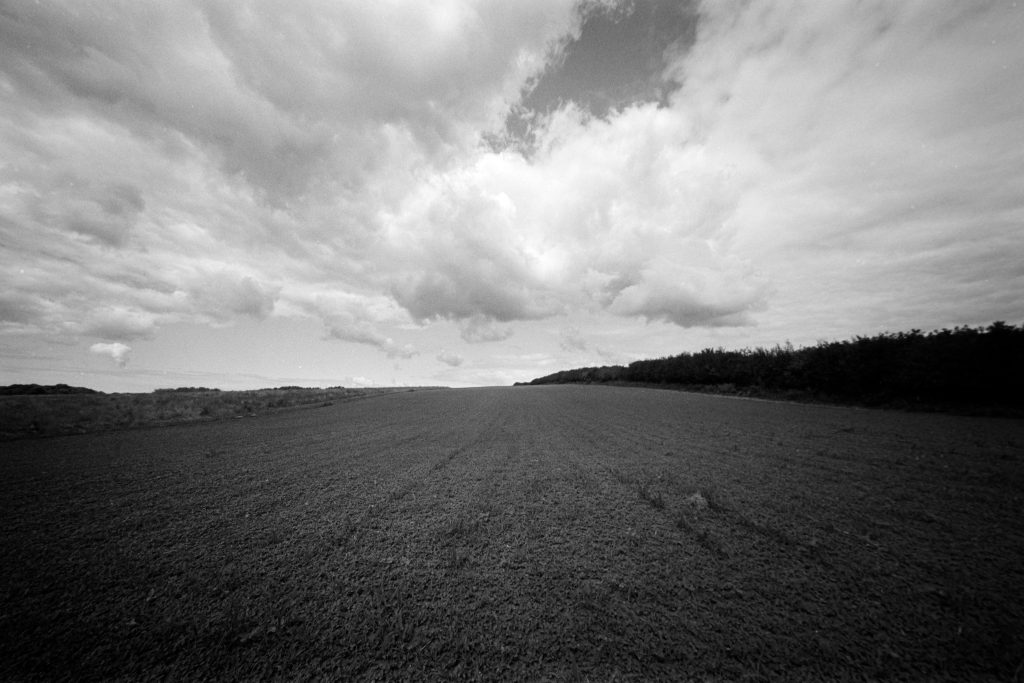
And I tried that here. Just a normal field. What amazed me was the lack of distortion on the horizon, due the lenses Rectilinear design. Basically make sure your horizons are in the centre of the frame for minimal distortion. But it looks a bit bland, so I took another photograph using the field gate.
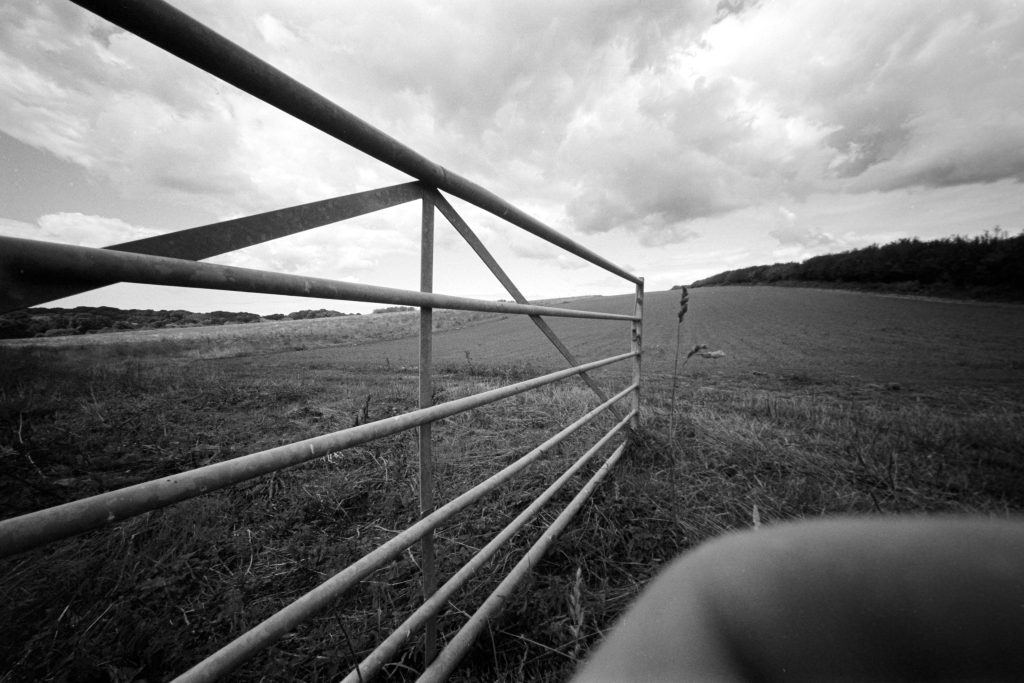
Now!.. there is far more impact. It’s just unfortunate I got my finger in the way!
So, where now?
Well, I love the camera and I love the lens. I still have yet to try the 25mm lens, which I will do when I make a video on the channel. But for now I am trying to settle in with the 12mm lens.
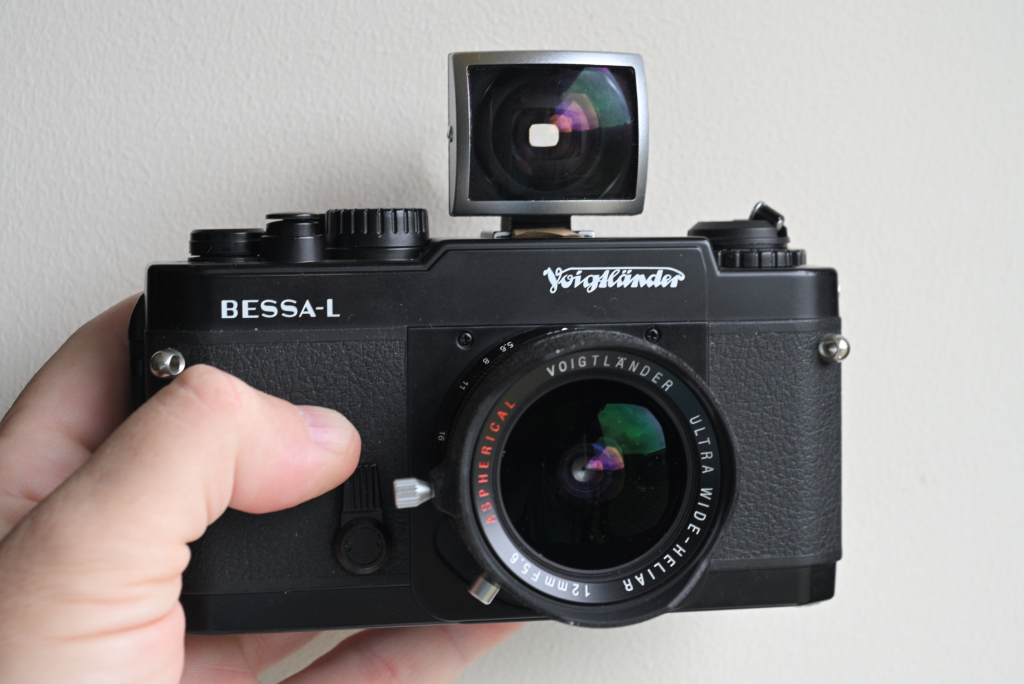
I am not sure yet where this lens will take me. I think I am swaying more towards land and sea scapes with impressive foregrounds. Street Photography I can imagine is awesome, however, for real benefit you will need to be very close to your subject, which isn’t my style. But who knows until I take more street photos. I mean. Look at this Church photo. It’s ridiculously wide.
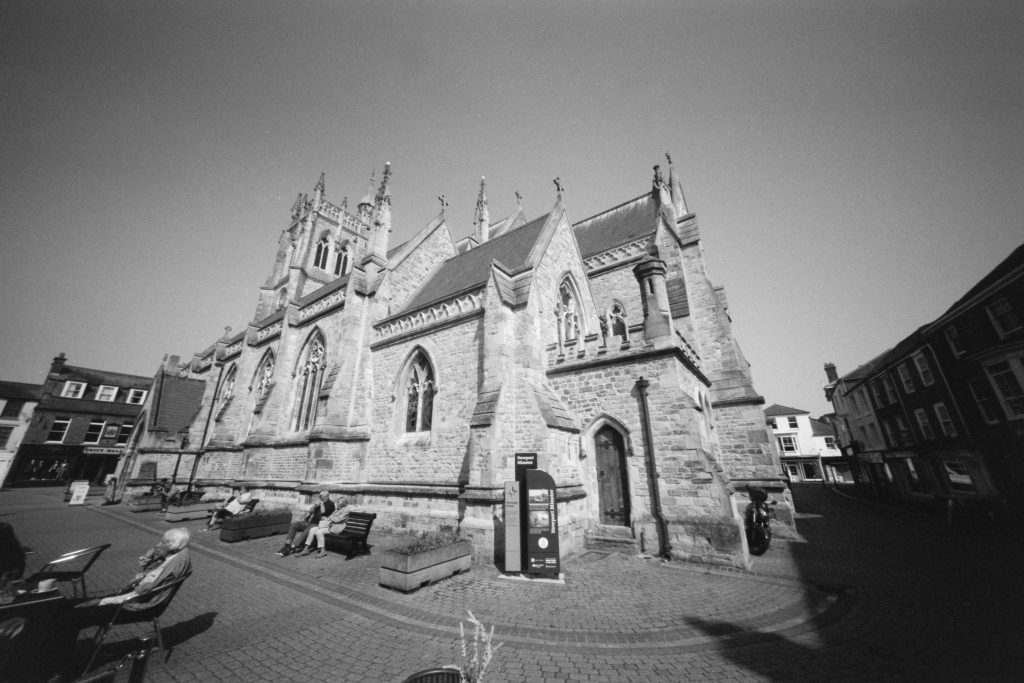
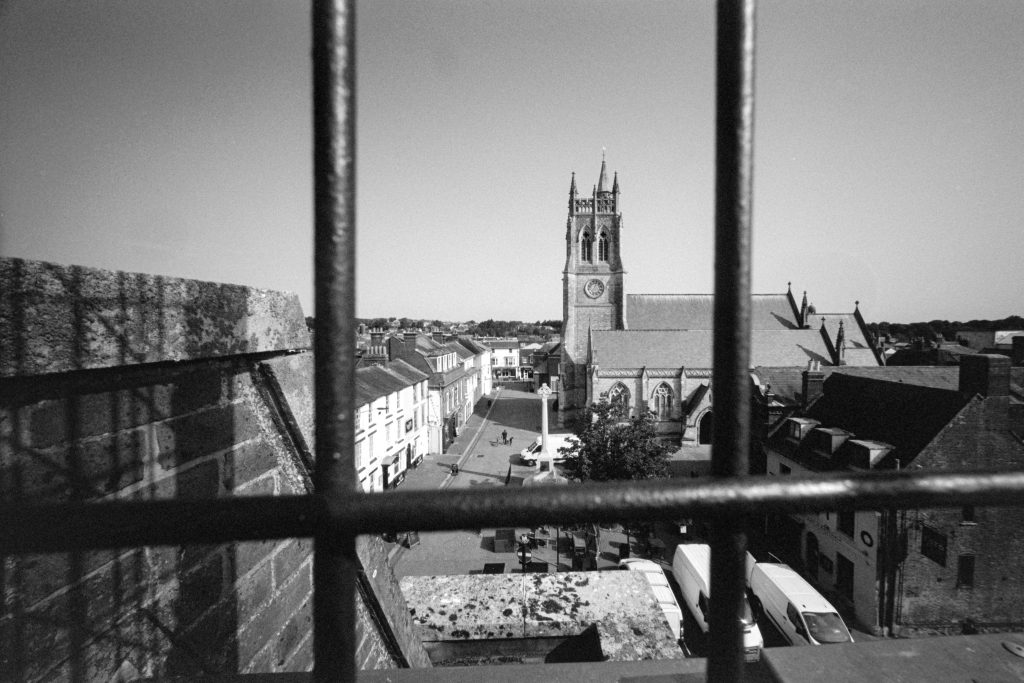
And this time I went up to the top of the multi story carpark for a photograph of the town square. Getting real close to the wire fence.
Oh go on then… one more hit and miss with Daphney!
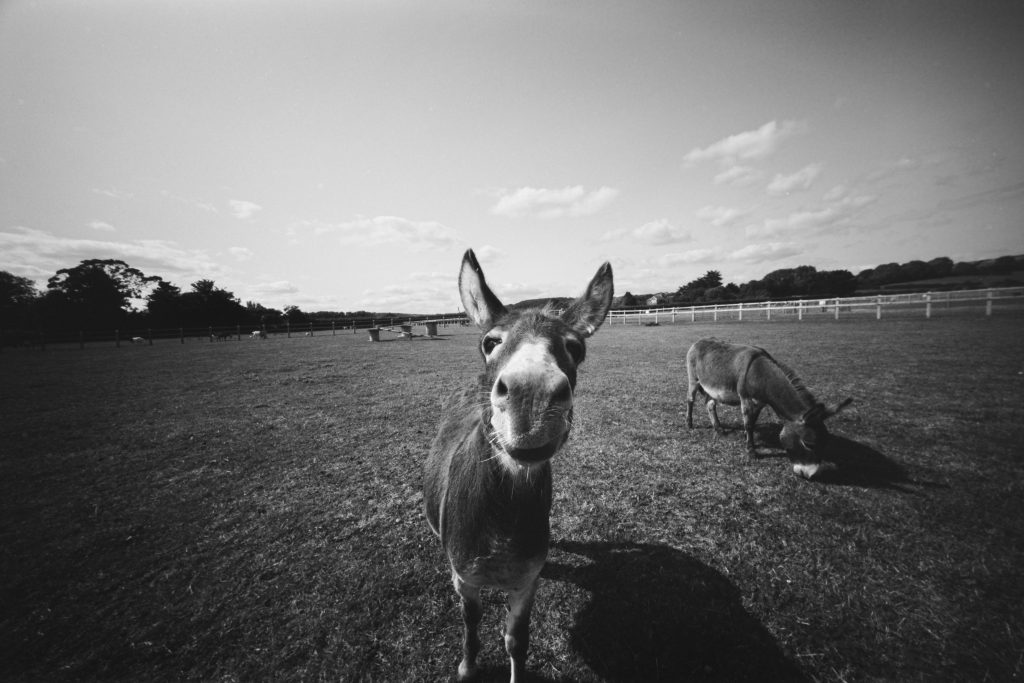
Keep an eye out for the vlog coming soon guys!
Rog.
